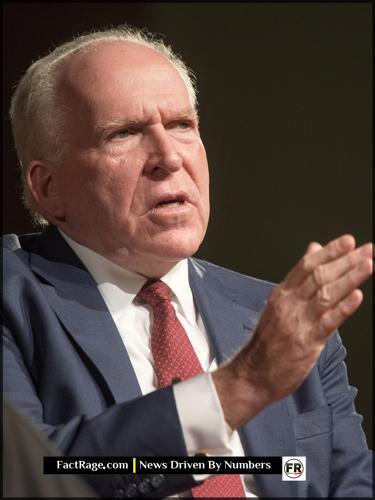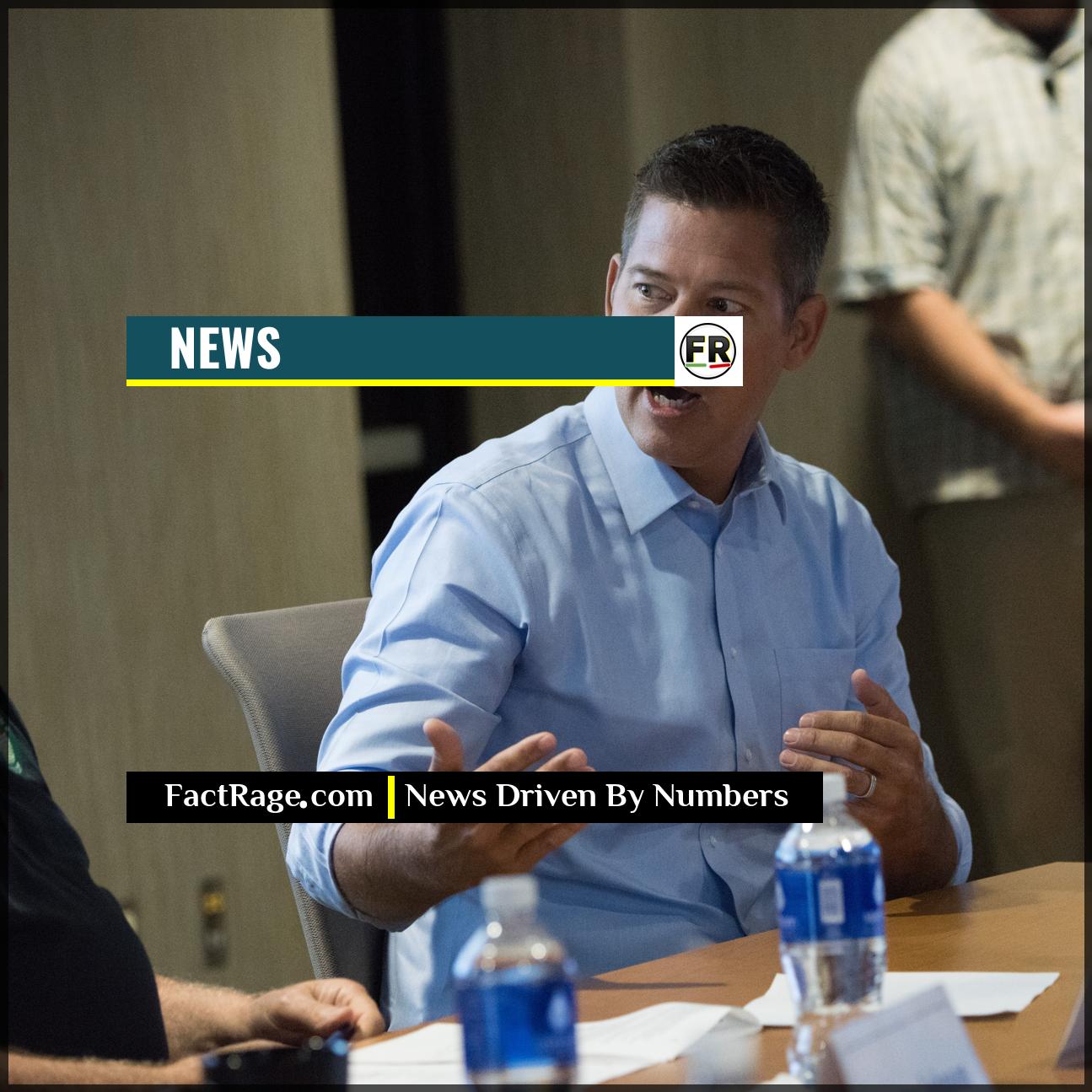WASHINGTON, DC – Recent public statements by former CIA Director John Brennan are being interpreted by national security analysts as carefully calibrated signals about the primary threats facing the United States.
- Signaling, Not Just Opinion – Former intelligence chiefs often use public platforms to flag concerns that cannot be officially stated by serving officials, turning their commentary into a form of strategic communication.
- A Recurring Threat Matrix – Brennan’s commentary consistently highlights a core set of issues: persistent foreign election interference, the rise of domestic extremism, and sophisticated state-sponsored cyber threats.
- A Broader Chorus – These concerns are echoed by other former high-ranking officials, including former FBI Director James Comey, suggesting a broad consensus among experienced national security professionals.
When a figure with three decades of intelligence experience speaks, analysts listen not just to what is said, but why it is being said now. This pattern of public commentary offers a rare window into the strategic thinking of the U.S. intelligence apparatus.
From the Analyst’s Desk: Why These Warnings Are Policy in Disguise
![]() It’s easy to dismiss the public statements of former officials as just another voice in the political noise, but that’s a fundamental misreading of how Washington works. In the world of national security, public commentary is a tool, used by experienced figures to flag threats and advocate for policy changes they can no longer push for internally. This isn’t just about opinions; it’s about decoding a dataset of calculated warnings to see the real issues keeping intelligence professionals up at night.
It’s easy to dismiss the public statements of former officials as just another voice in the political noise, but that’s a fundamental misreading of how Washington works. In the world of national security, public commentary is a tool, used by experienced figures to flag threats and advocate for policy changes they can no longer push for internally. This isn’t just about opinions; it’s about decoding a dataset of calculated warnings to see the real issues keeping intelligence professionals up at night.
Read On…
This analysis breaks down the recurring themes from figures like John Brennan and what they reveal about the consensus on America’s top security challenges.
Why Former Spies Speak Publicly

It is a long-standing tradition in Washington for retired high-level intelligence and military officials to enter public discourse through media appearances, op-eds, and speeches. While their comments are their own, they are rarely casual. These appearances serve a distinct purpose: to float ideas, issue warnings, and shape public and political debate on national security issues in a way that is unavailable to their actively serving counterparts.
Active officials are constrained by classification, diplomacy, and the policy of the current administration. Former directors like John Brennan, who led the CIA from 2013 to 2017, operate without these restrictions. This freedom allows them to address threats more directly and sound alarms they believe may be insufficiently appreciated. As such, their choice of topics functions as a dataset, providing insight into the issues that the institutional intelligence community likely views as most critical.
What Are the Key Themes in Brennan’s Warnings?
Analyzing the substance of Brennan’s recent commentary, a clear pattern of priority threats emerges. First among them is the ongoing threat of foreign interference in U.S. democratic processes. Brennan has repeatedly emphasized the sophisticated and persistent nature of campaigns, particularly from Russia, aimed at exploiting domestic divisions and eroding trust in institutions.
A second, and increasingly prominent, theme is the danger posed by domestic violent extremism. Brennan and others, like former FBI Director James Comey, have drawn parallels between foreign terrorist threats and the challenge of ideologically motivated violence at home. Their focus signals that the intelligence community views this not as a simple law enforcement issue, but as a top-tier national security problem. Finally, the strategic challenge of cyber warfare and espionage, particularly from China, remains a constant in his public analysis, highlighting concerns over critical infrastructure and intellectual property.
How These Signals Connect to Policy and Priorities
This chorus of concern from former officials is more than just academic discussion; it has real-world implications for policy. Consistent public warnings about these specific threats can build a case for resource allocation, new legislation, and strategic shifts within government. When figures like Brennan emphasize the domestic terror threat, it adds weight to arguments for increased funding and focus for agencies like the FBI and the Department of Homeland Security.
Similarly, persistent alarms about election security are intended to pressure both lawmakers and technology companies to bolster defenses. The commentary acts as an external reinforcement for the internal priorities of the intelligence agencies. By treating these public statements as strategic signals, it is possible to construct a clearer picture of the national security landscape as seen from the inside, identifying the fault lines that most worry America’s most experienced intelligence professionals.
The Calculus of Public Warnings
![]() Ultimately, understanding the public commentary of former intelligence chiefs like Brennan is less about agreeing with their political stances and more about recognizing the function of their words. These statements are a key part of the political equation, designed to shift the debate on national security threats and build a public case for specific policy action. By treating these warnings as data points rather than just opinions, we gain a clearer view of the strategic priorities being debated far from the public eye.
Ultimately, understanding the public commentary of former intelligence chiefs like Brennan is less about agreeing with their political stances and more about recognizing the function of their words. These statements are a key part of the political equation, designed to shift the debate on national security threats and build a public case for specific policy action. By treating these warnings as data points rather than just opinions, we gain a clearer view of the strategic priorities being debated far from the public eye.














